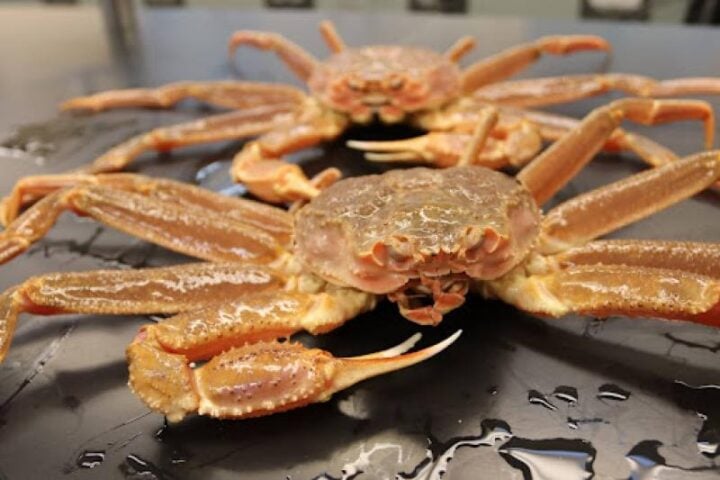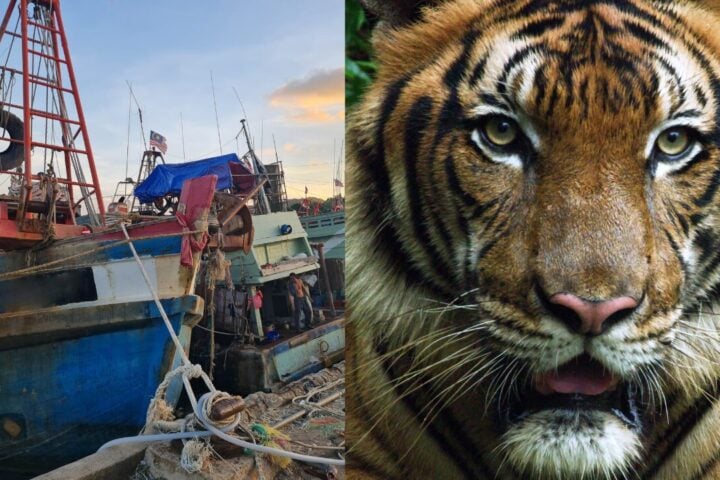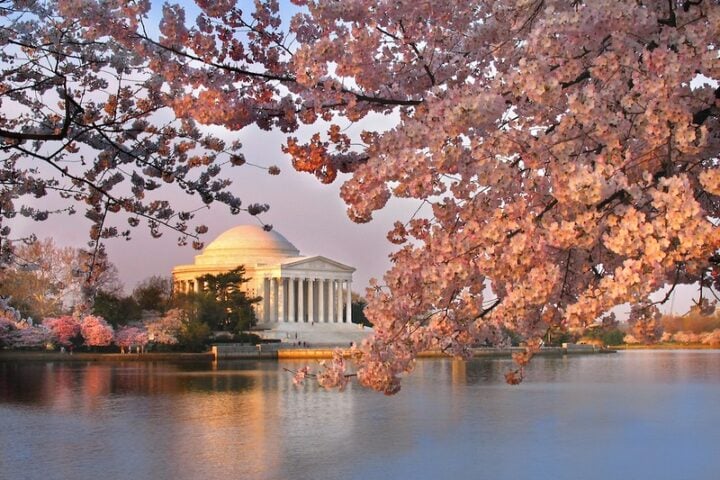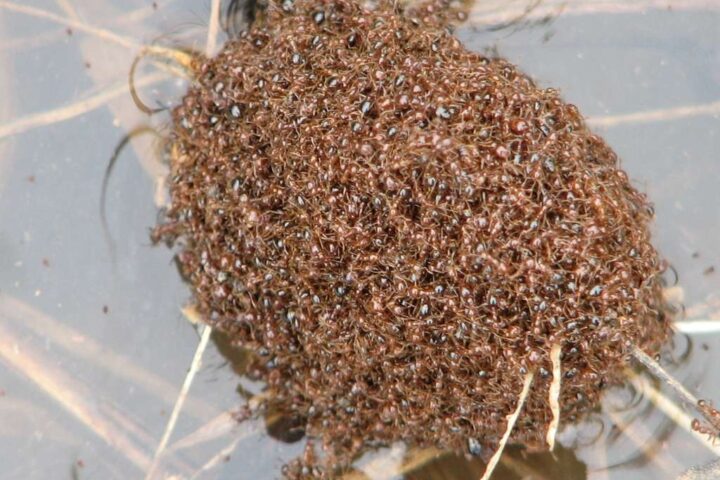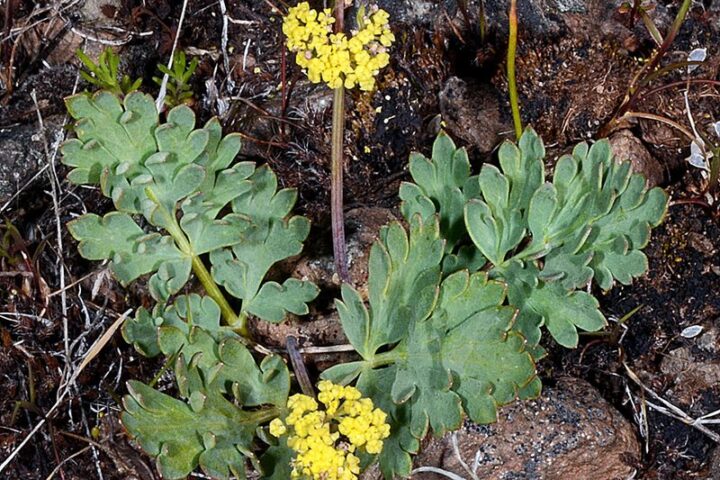The Wildlife Conservation Bond (WCB) was priced on March 23rd, 2022 by the World Bank (International Bank for Reconstruction and Development, IBRD) in support of South Africa’s efforts to protect endangered species. This five-year $150 million Sustainable Development Bond, also known as the “Rhino Bond,” includes a potential performance payment from the Global Environment Facility (GEF) and will help protect and increase black rhino populations in two South African protected areas, the Addo Elephant National Park (AENP) and the Great Fish River Nature Reserve (GFRNR).
“The Rhino Bond is a groundbreaking approach to enabling private sector investment in global public goods — in this case biodiversity conservation, a key global development challenge,” said World Bank Group President David Malpass.
“The pay-for-success financial structure protects an endangered species and strengthens South Africa’s conservation efforts by leveraging the World Bank’s infrastructure and track record in capital markets. Importantly, it can be replicated and scaled to channel more private capital for other conservation and climate actions and development objectives around the world.”
Rhinos are called an umbrella species because they shape vast ecosystems that rely on numerous other species. Investors are supporting the financing of activities to protect and grow a critically endangered species with clear conservation targets, directly contributing to biodiversity, and providing jobs to local communities through conservation-related employment in the rural regions of South Africa through the WCB.
In the 1970s, there were roughly 65,000 black rhinos, but today there are just 2,600 mainly due to illegal poaching. Rhino horn powder is exported to Vietnam and China, where it is believed to heal cancer and boost virility. If this approach is successful, it may also aid in the protection of black rhinos in Kenya. Other species like pangolins, lions, tigers, gorillas, and orangutans may be protected as well. Black rhinos are found in three different African nations, however remain smaller than the white rhino, which constitutes roughly 18,000 individuals.
South Africa can build on proven and effective rhino conservation initiatives at AENP and GFRNR thanks to WCB conservation investment payments. These parks were chosen for this pilot transaction because they have the ecological, administrative, and financial ability to meet rhino conservation goals. The parks’ conservation efforts provide ecosystem services like clean water and pollinator habitats that benefit the local citrus industry too.



